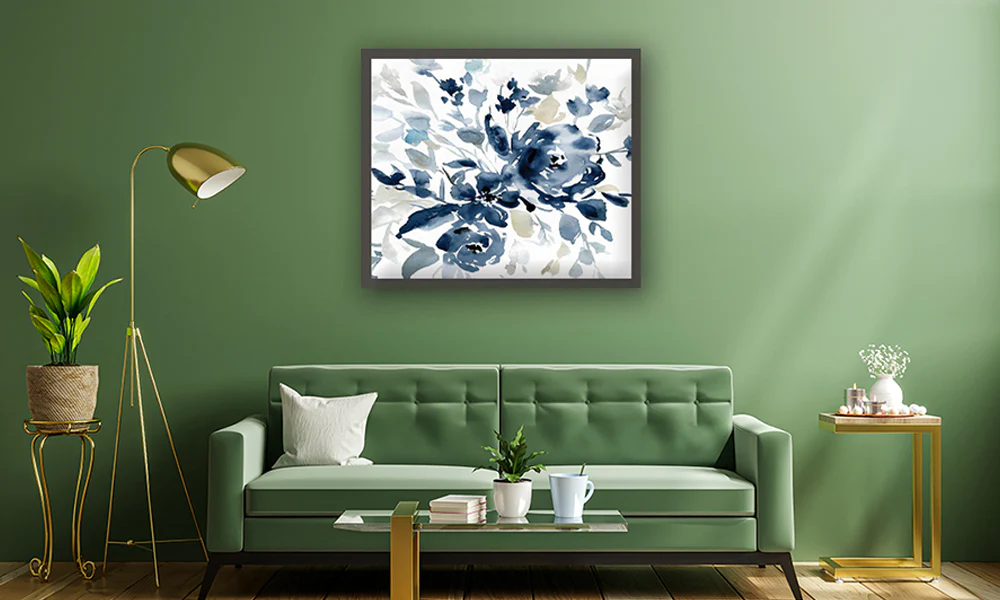In the realm of interior design, the quest for uniqueness and creativity drives designers to explore unconventional avenues. One such avenue that has gained significant traction in recent years is the incorporation of dynamic texture inspired by graffiti into Indoor spaces. Graffiti, once considered a form of vandalism, has evolved into a respected art form, influencing various facets of contemporary design, including interior décor.
Graffiti art is characterized by its bold colors, intricate designs, and expressive forms, making it an ideal source of inspiration for dynamic texture in indoor spaces. By integrating graffiti-inspired elements into interiors, designers infuse spaces with energy, vitality, and a sense of urban sophistication.
One of the most compelling aspects of dynamic texture inspired by graffiti is its versatility. Whether adorning the walls of a corporate office, a trendy café, or a modern apartment, graffiti-inspired canvases can instantly transform the ambiance, adding an element of edginess and personality to the space. From abstract shapes and geometric patterns to vibrant murals depicting urban landscapes, the possibilities are limitless.
Furthermore, dynamic texture allows for customization, enabling designers to tailor the artwork to suit the specific preferences and branding of their clients. This flexibility ensures that each space receives a unique treatment, reflecting the personality and identity of its occupants.
Beyond aesthetics, graffiti-inspired dynamic texture serves as a powerful form of self-expression and storytelling. Much like traditional graffiti, these artworks convey messages, evoke emotions, and spark conversations. Whether conveying a message of empowerment, celebrating cultural diversity, or simply adding a touch of whimsy, graffiti-inspired canvases invite viewers to engage with the space on a deeper level.
Moreover, the dynamic nature of graffiti-inspired texture lends itself well to the concept of experiential design. As viewers interact with the artwork, whether through touch or visual exploration, they become active participants in the design narrative, forging a memorable and immersive experience.
From a technical standpoint, advances in digital printing and surface materials have made it easier than ever to integrate dynamic texture into indoor spaces. Designers can collaborate with artists to create custom designs or choose from a wide range of pre-existing patterns and motifs. Additionally, advancements in eco-friendly and sustainable materials ensure that graffiti-inspired canvases can be incorporated into environmentally conscious design projects.
In conclusion, dynamic texture inspired by graffiti offers a compelling means of infusing indoor spaces with creativity, energy, and personality. As the boundaries between street art and interior design continue to blur, we can expect to see more designers embracing this vibrant and expressive form of décor, transforming mundane spaces into dynamic canvases of self-expression and storytelling.



